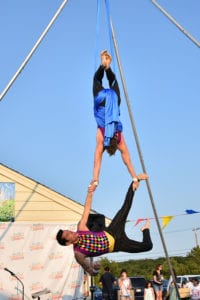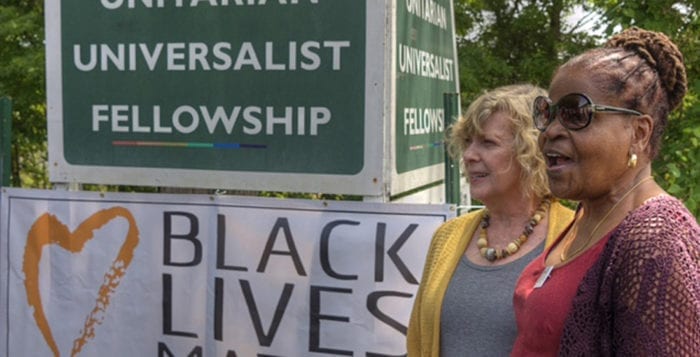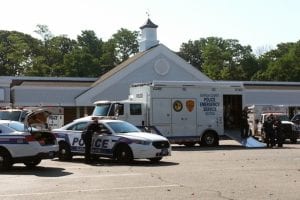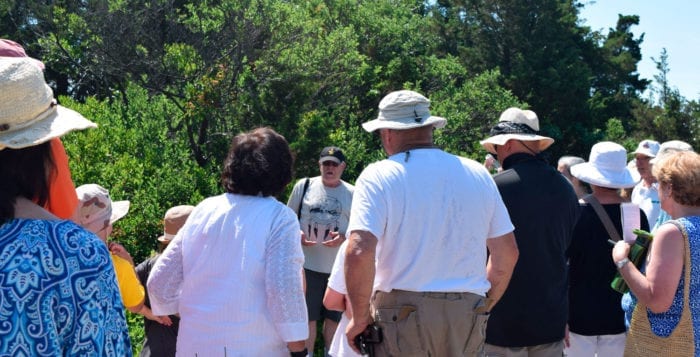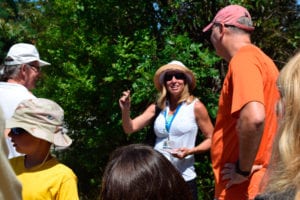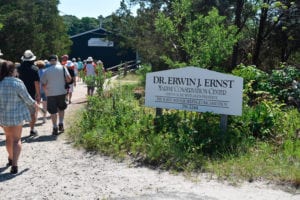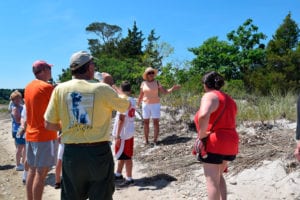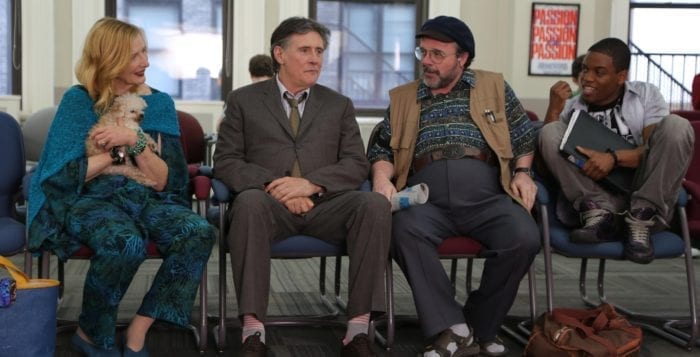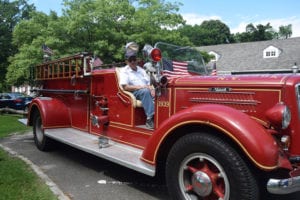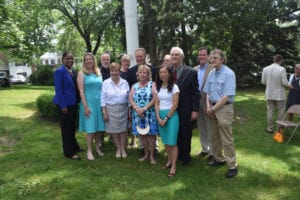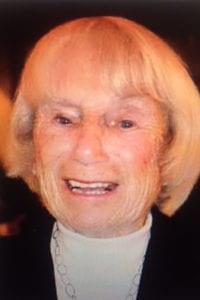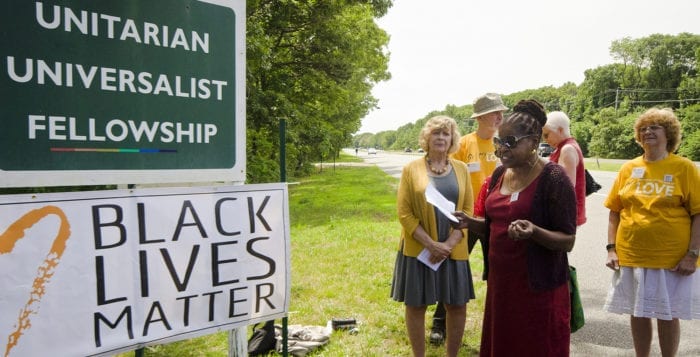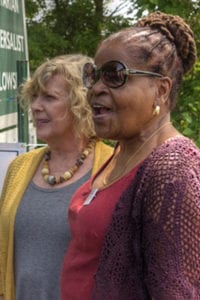By Donna Newman
Just when summer becomes routine, the Stony Brook Film Festival appears like an oasis. Whether you’re a cinephile or just an entertainment seeker, beginning next Thursday — and running for 10 nights — you can escape the doldrums by entering a unique venue shared with a thousand friends you’ve yet to meet. For 21 years, the Stony Brook Film Festival has offered Long Islanders an alternative to the usual multiplex summer blockbusters.
Each year, festival director Alan Inkles assembles a diverse program of independent films. Different genres and cultures, subjects and languages are represented. Some films have casts with names we recognize. Others introduce talented unknowns. “This year’s films and shorts are absolutely the best out there,” said Inkles. “With a pass, folks can see all 34 — or they can pick and choose what appeals to them via the movie trailers on our website.”
Inkles is especially pleased with the selection this year. “I think this is the best festival ever!” Of course, he says this every year. But he truly believes it. And there are reasons for us to believe as well. For one, there were more entries to choose from than ever before. Inkles and his staff evaluated more than 3,000 films. The festival’s established acclaim in “Indie” circles has producers and filmmakers jockeying for a slot, and the relationships established over the past 20 years help Inkles obtain top quality movies.
Both the Opening and Closing Night films were on Inkles’ “must have” list, and he got both! “The Carer,” a joint venture of the UK and Hungary, stars Brian Cox (“Bourne Identity”) as a legendary Shakespearean actor, now old and ill. Costar Coco König, in the title role, makes her screen debut. Director János Edelényi will attend a Q-and-A about this English language picture.
Closing Night features a Swedish film: “A Man Called Ove,” based on Fredrik Backman’s New York Times bestseller of the same name. The author collaborated with Director Hannes Holm on the screenplay. This dramatic comedy is about love, family and (according to the festival brochure) the importance of the right tools. The director will be in attendance.
Veteran SBFF entrant John Putch returns bringing “The Father and the Bear” for its world premiere. This homage to his parents (actress Jean Stapleton and William Putch) was shot on location at the Totem Pole Playhouse in Chambersburg, Pennsylvania — a summer stock theater the elder Putch guided as artistic director for 30 years. Wil Love, an actor who performed there, plays the lead.
Dr. Delaney Ruston, who recently joined Stony Brook Medicine as an assistant professor and filmmaker in residence, has created award-winning documentaries about mental health issues. Her latest is “Screenagers,” an interesting probe into the excessive use of cell phones and screens. It explores the burning question: How much screen time is too much?
Another world premiere is “No Pay, Nudity.” “This hilarious comedy was a labor of love for Director Lee Wilkof and the entire cast,” said Inkles. “The audience is going to love it — and they’ll be the first to see it!” Wilkof said this about his tribute to “working actors”: “We live in a time where instant fame is often the measure of success and a body of work accounts for very little.” The film stars Gabriel Byrne, Nathan Lane — who was slated to attend at press time — Frances Conroy and Boyd Gaines as actors awaiting job offers in the lobby of Actor’s Equity.
This year the festival joined the online submission platform www.FilmFreeway.com. “We’re always looking for ways to make a great festival even better,” said Inkles, “and adding this resource has increased our options.” Contracts Administrator Kent Marks, doubling as festival associate director, did the lion’s share of early Freeway evaluations, freeing Inkles to pursue high-profile premieres.
“I’m grateful to Island Federal Credit Union and its president and CEO Bret Sears for his generosity,” noted Inkles. “To have a major sponsor that is so encouraging and supportive — it’s truly a dream relationship.” This is the second of a 10-year partnership between Island Federal and the university.
The SBFF runs 10 nights. Most night’s screenings begin at 7 p.m. Starting times for the second film varies. Check the schedule. (In some cases, Q-and-As may delay the start of the second feature.) The Opening and Closing Night films begin at 8 p.m. There are bonus features on Saturday and Sunday evenings, beginning at 5 and 6 p.m., respectively.
A Festival Pass to see all the films is $85 and offers perks including: a preferred seating line, seating guaranteed up to 15 minutes prior to start, and — new this year — a commemorative film pass and lanyard, exclusive access to party tickets, a SBFF insulated cooler, and pass holder discounts at local restaurants that run through Labor Day. A $225 Gold Pass includes seating in the section reserved for filmmakers and guests, as well as tickets to the Opening and Closing parties. Individual tickets ($12, $10 seniors, $5 students) will be sold subject to availability.
Find online access to the entire program, tickets and trailers at www.stonybrookfilmfestival.com or call the Staller Center Box Office (631-632-ARTS) for information.
